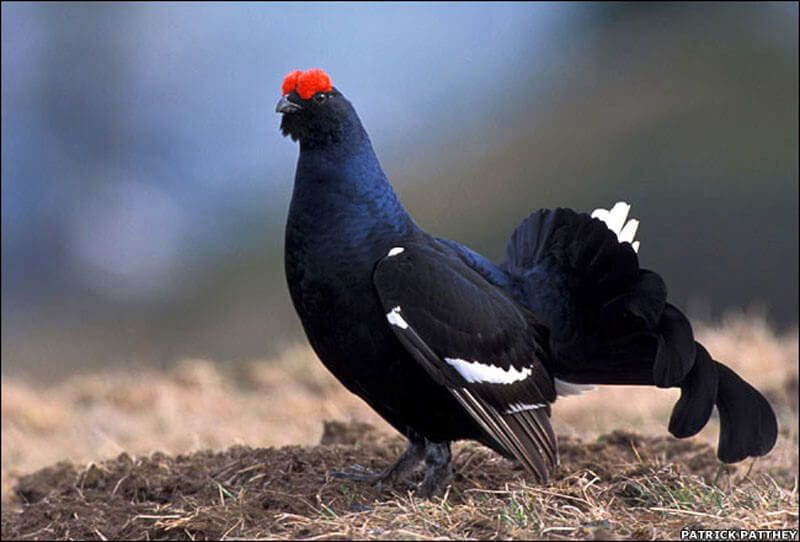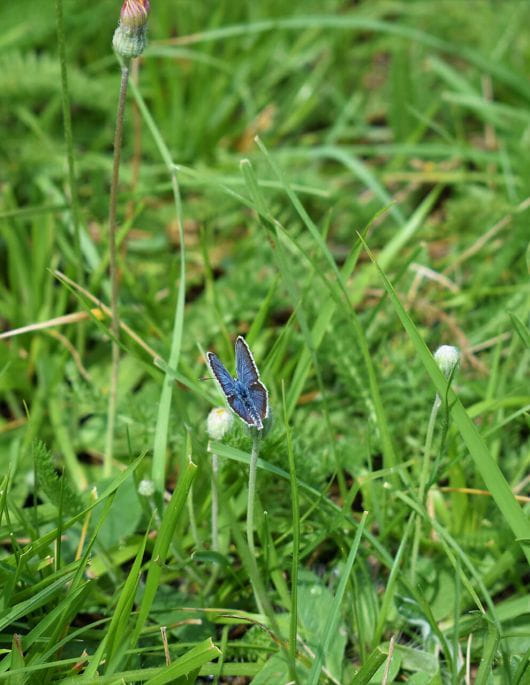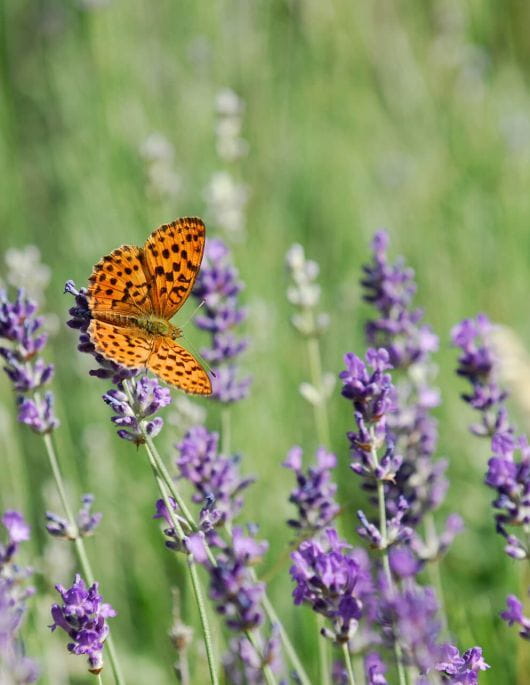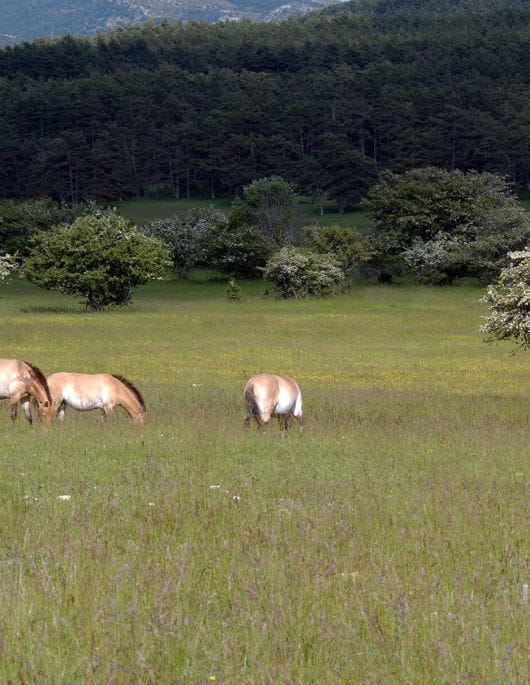
The meadow, a place of life for females
Human occupation and agricultural activity are very old in our department (probably 6000 to 8000 years). With the arrival of the first populations of farmers (Neolithic revolution) coming from the Fertile Crescent, landscapes are transformed. Clearings are the first areas of culture. They are getting larger along the millenia, the forest receding ever further to the north and east of present-day Europe.
Grasslands in the Reserve were cultivated until 2003. At the height of the mowing season, their plant composition was reduced to 2 species: tall cocksfoot and alfalfa. Interesting for livestock, these species have proved dangerous for wildlife, especially bison, causing bloating (stomach fermentation) sometimes fatal.
Natural meadow: the return of butterflies
Large wild herbivores have, moreover, an “ancestral” digestive flora capable of digesting the most rustic plants (tall fescue, wood brachypod, lettuce …).
This digestive flora, eliminated in dung, has the particularity of developing in soils depleted by brutal farming methods (mechanization, chemical fertilizers, pesticides …). here, it degrades inert organic matter like pine needles and transforms dead soil into living soil (humification process – making humus from vegetable organic matter).
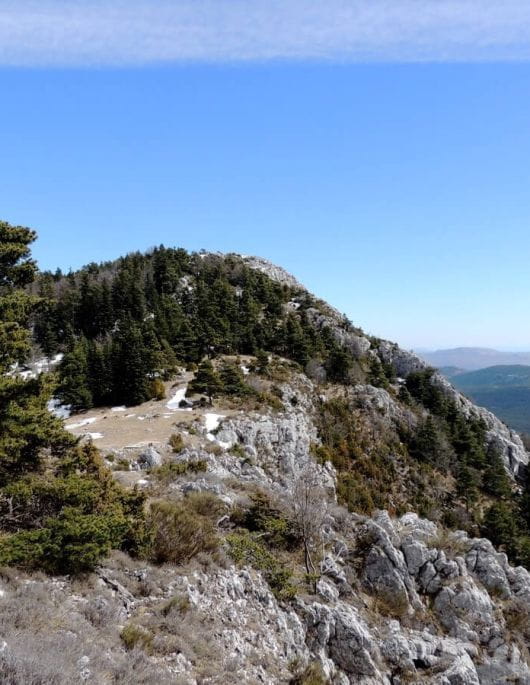
The Cliffs, a preserved territory
Cliffs, screes and rocky escarpments are unique habitats that host species with high heritage value.
